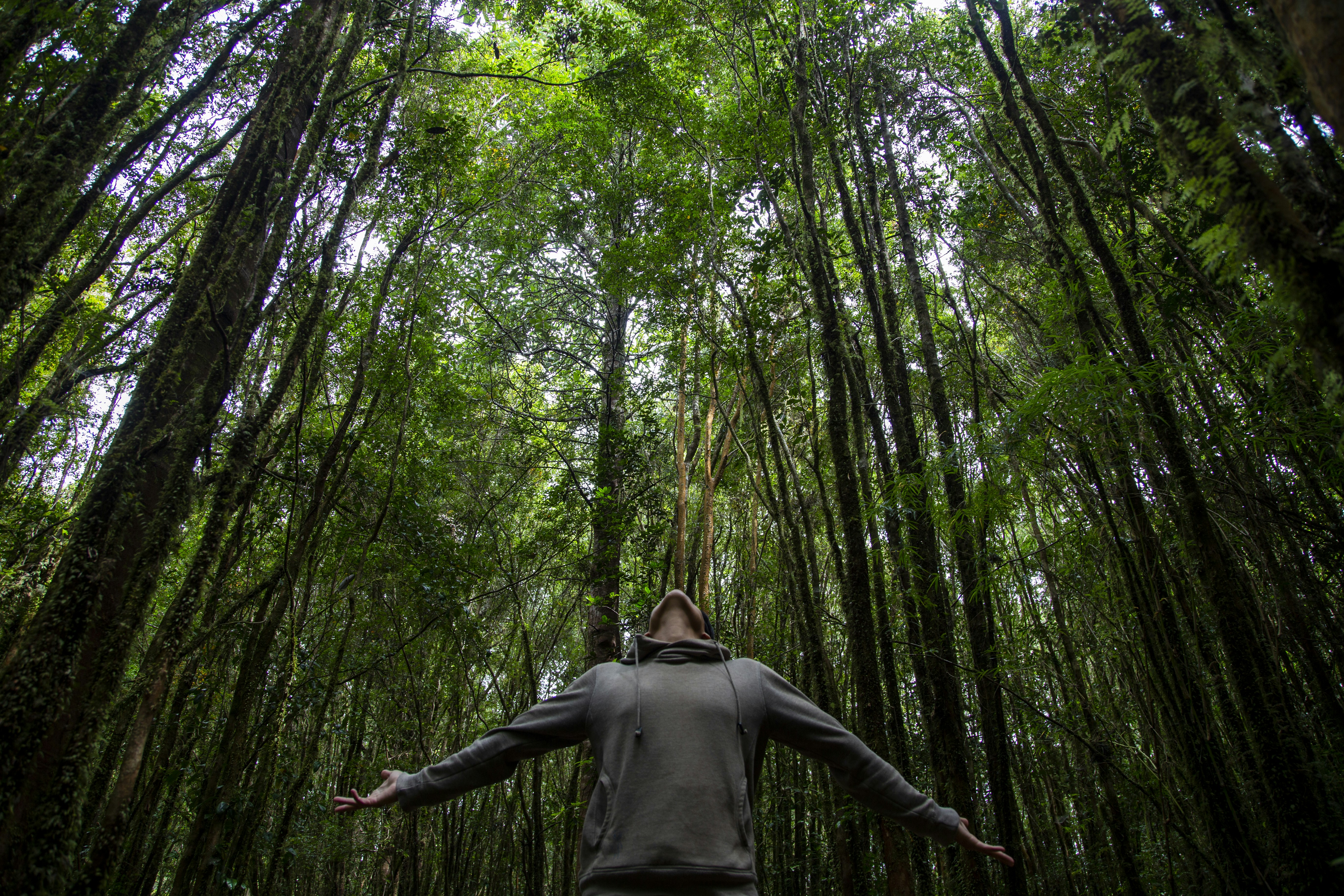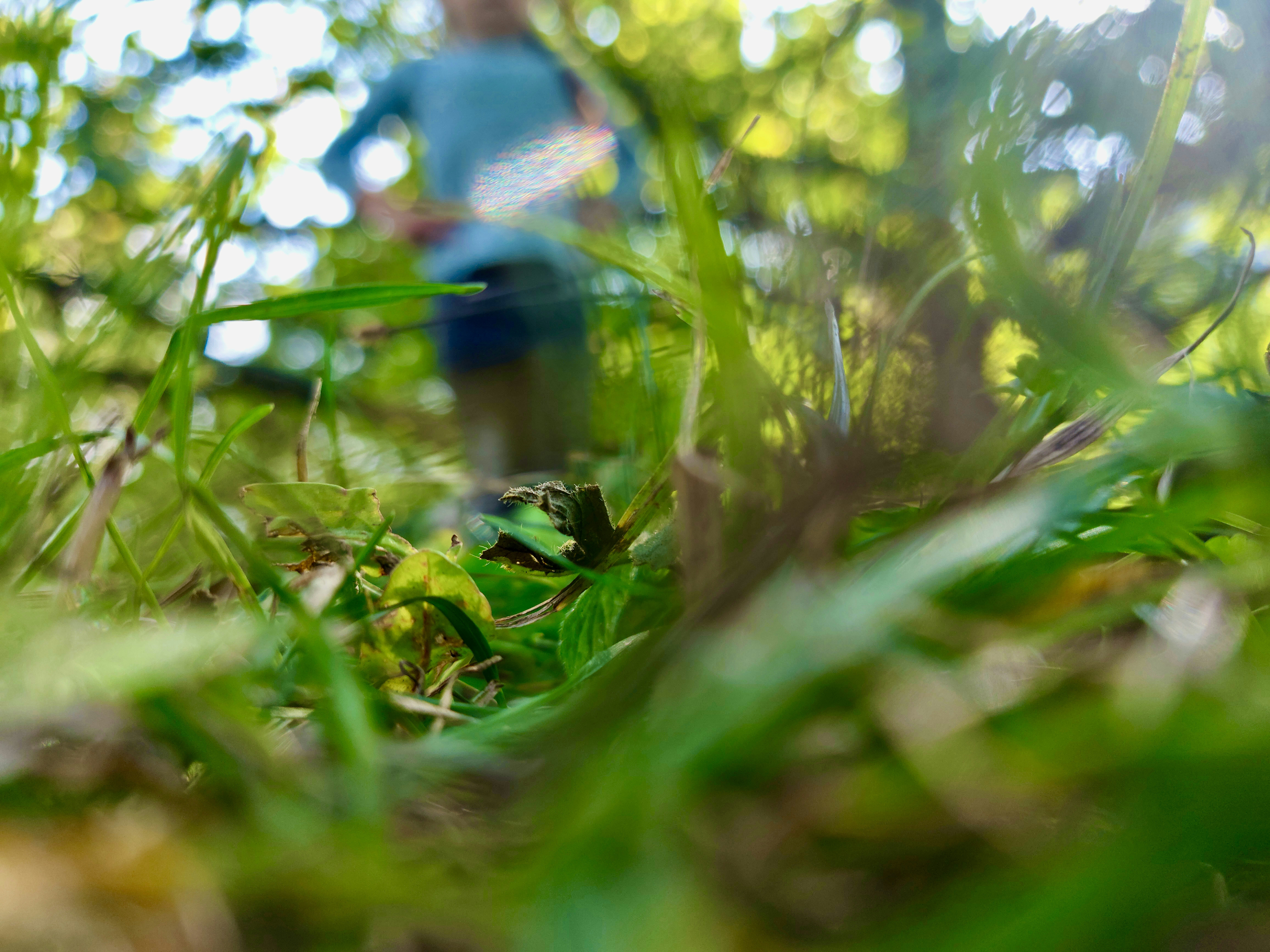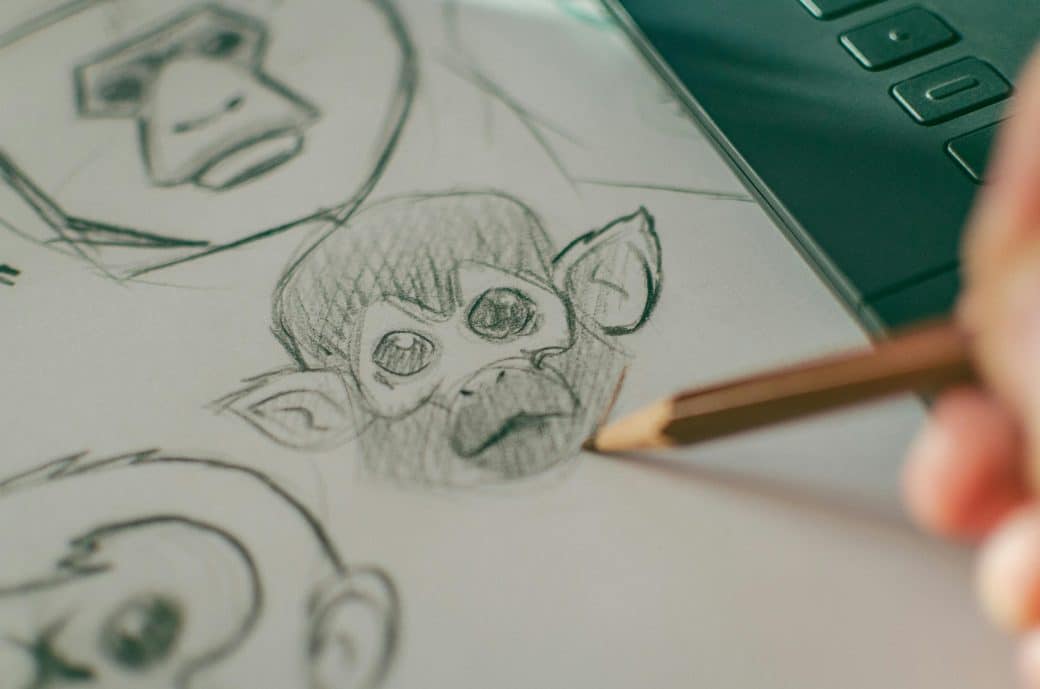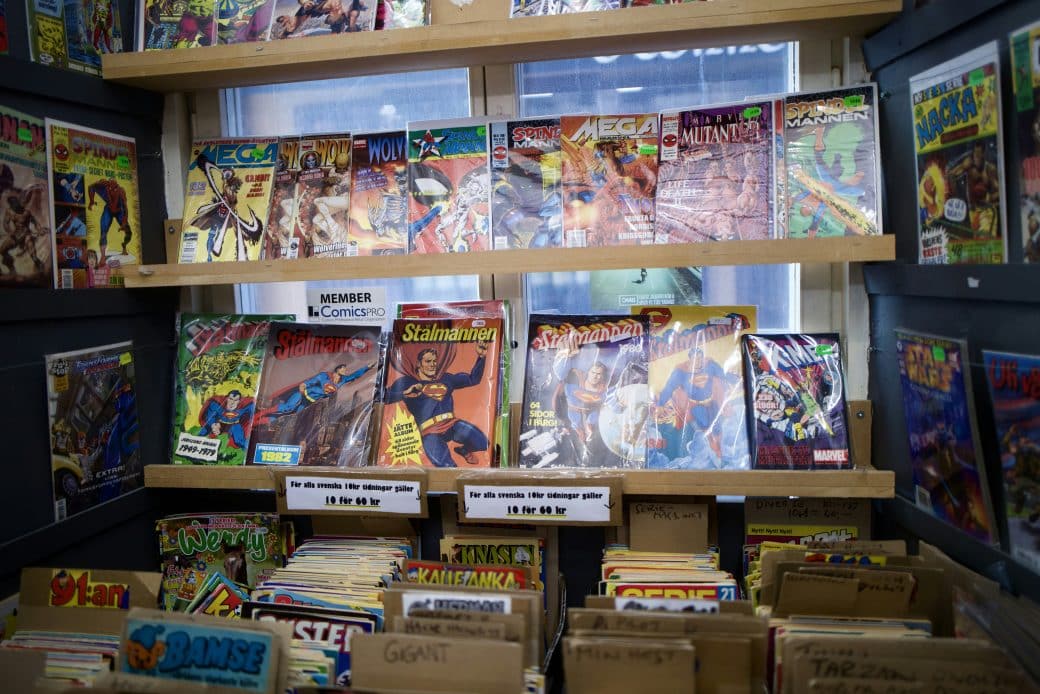Embarking on a journey into digital illustration is an exhilarating experience that sparks the imagination and lets creativity run wild. However, what truly takes this adventure to a whole new level is having the right art supplies. In “Unleashing Your Creativity: An Ultimate Guide to Art Supplies for Digital Illustration,” I aim to guide you through the vast and sometimes overwhelming world of tools and gadgets designed to enhance your digital art. From must-have software to innovative drawing tablets that make every stroke of your brush feel natural, I’ve got the lowdown on everything you need to transform your visions into breathtaking digital masterpieces. Let’s navigate the essentials together, ensuring your digital art toolkit is as boundless as your creativity.

Understanding Digital Illustration
Defining Digital Illustration
When I first heard about digital illustration, it was like discovering a new realm of creativity. In essence, digital illustration is art made with digital tools. Instead of brushes and paint, I use software and hardware to bring my ideas to life. It’s an exciting fusion of art and technology, where the boundaries of what’s possible are constantly being pushed.
Difference between Traditional and Digital Illustrations
The journey from traditional to digital illustration felt like stepping into a new world. In traditional illustration, the tactile sensation of paper and the smell of paint are part of the experience. Every stroke is permanent, making it both thrilling and unforgiving. Digital illustration, on the other hand, offers an undo button—an invaluable tool for experimenting freely. Plus, the ability to save and edit my work in layers gives me flexibility I never had with traditional mediums.
Benefits of Using Digital Illustration
The benefits of digital illustration have become more apparent to me the deeper I dive into it. Unlimited creative freedom tops the list. The assortment of tools and effects at my disposal allows me to experiment in ways that traditional media could never allow. Additionally, correcting mistakes is just a click away, which encourages experimentation. There’s also the advantage of workspace tidiness and the convenience of having all my tools in one place—my computer.
Getting Started with Digital Illustration
Finding the Perfect Starting Point
Getting started with digital illustration was daunting at first. The key for me was to start simple. I chose a software that was both beginner-friendly and powerful enough to grow with me. A basic understanding of the interface and fundamental tools was my first step into this incredible digital art world.
Mastering the Basics of Digital Illustration
Mastering the basics meant getting comfortable with layers, understanding different brushes, and practicing simple drawing techniques. The more I played with the software, the more my proficiency grew. I practiced with tutorials and took on small projects to apply what I learned. It’s a journey of continuous learning and improvement.
Improving Your Digital Illustration Skills
To improve my digital illustration skills, I set myself challenges and projects that pushed my comfort zone. Studying the work of artists I admire and trying to replicate their techniques helped too. Feedback from online communities and practicing regularly were also crucial steps in refining my skills.

Digital Illustration Platform and Software
Adobe Illustrator: A Powerful Vector Editor
Adobe Illustrator became my go-to for creating clean, scalable vector art. Vector illustrations are perfect for logos and designs that need to maintain their quality at any size. Illustrator’s robust toolset made it possible to create intricate designs that were once beyond my imagination.
Corel Painter: A Comprehensive Digital Art Studio
Corel Painter impressed me with its real brush stroke simulation, making it feel like I was painting with traditional media. Its extensive library of brushes caters to any style of digital art, from watercolor to oil painting, making it a versatile tool for artists.
Procreate: A Mobile Art Studio for iPad
Procreate transformed my iPad into a powerful mobile art studio. Its intuitive interface and wide variety of brushes allowed me to create detailed illustrations anywhere. Its portability and ease of use quickly made it one of my favorite tools for sketching and painting on the go.
Clip Studio Paint: For Manga and Comic Art
As a fan of manga and comics, Clip Studio Paint became an indispensable part of my toolkit. Its features are tailor-made for comic creation, from drafting panels to inking and coloring. Its smooth line art and vector tools make it a perfect choice for any illustrative storyteller.
Photoshop: For Detailed Artwork and Textures
Photoshop is the juggernaut of photo editing, but it’s also incredibly powerful for digital illustration, especially for detailed artwork and creating textures. Its layering, masking, and effects capabilities allow for complex compositions that are limited only by imagination.
Essential Hardware for Digital Illustration
Choosing the Right Computer
Choosing the right computer was my first step. I needed something powerful enough to handle large files and multitasking between programs without lagging. Whether a MacBook or a Windows PC, the key is a fast processor, ample RAM, and a good graphics card.
Graphics Tablets and Their Importance
A graphics tablet became my bridge from hand to digital canvas. It took some getting used to, but the pressure sensitivity and precision it offers over a mouse is unparalleled. Whether it’s a simple model or a high-end display tablet, it’s an essential tool for digital artists.
Selecting the Right Pen
The right pen can make a huge difference in the drawing experience. Most graphics tablets come with their proprietary pens, but experimenting with different nibs and grips helped me find the most comfortable way to work for long hours.
Understanding Screen Resolution
Screen resolution is crucial for digital illustration. A higher resolution offers more workspace and finer detail. When I started paying attention to resolution, I noticed improvements in the accuracy and quality of my work, especially in complex illustrations.

Exploring Digital Brushes
Brush Basics and Their Use in Illustration
Learning about different brush settings and how they affect my strokes was fundamental. Brushes can simulate real-world media or create entirely new textures. Understanding their behavior helped me choose the right brush for each task, whether I was painting, sketching, or detailing.
Different Kinds of Digital Brushes
There’s a digital brush for nearly every artistic need—from watercolor brushes that bleed and blend to hard pencils for crisp lines. Exploring different kinds of brushes was like expanding my expressive vocabulary, each type offering new ways to illustrate ideas.
Creating Custom Brushes
Creating custom brushes opened up a world of personalization. By adjusting settings like shape, texture, and flow, I could design brushes that perfectly matched the style I was aiming for. It’s a powerful way to add uniqueness to my work.
Brush Management and Techniques
As my brush library grew, so did the need for organization. Learning to manage my brushes, categorizing them by use or project, streamlined my workflow. Mastering brush techniques, such as varying pressure for different effects, became an ongoing practice in versatility and precision.
Understanding Color in Digital Illustration
Fundamentals of Color Theory
Grasping the fundamentals of color theory was pivotal. Understanding warm vs. cool colors, complementary colors, and color harmony has influenced not only how I choose colors but how I think about conveying mood and emotion through my illustrations.
Importance of Color in Digital Illustration
Color is not just aesthetic—it communicates. In digital illustration, color can make or break a piece. Learning to use color effectively has been crucial in evoking the right responses from my audience, whether it’s excitement, calm, or curiosity.
Choosing the Right Color Palette
Selecting the right color palette sets the tone for the entire illustration. I learned to consider the context, mood, and theme of my work when choosing colors. Tools like color wheel and palette generators have been incredibly helpful in this process.
Applying Gradients and Color Effects
Gradients and color effects can add depth and dimension to digital illustrations. They can suggest lighting, form, and atmosphere. Mastering their application has allowed me to create more dynamic and engaging illustrations.

Working with Layers
Introduction to Layers
Layers revolutionized the way I work. They allow me to separate different elements of my illustration, making edits and adjustments without affecting the rest of the piece. It’s like having a safety net that encourages experimentation.
Layer Blending Modes in Digital Illustration
Blending modes in layers are like magic. They let me create effects that would be impossible or time-consuming in traditional media—like lighting effects, shadows, and texture overlays. Understanding how to use these modes has been a game-changer in achieving certain looks.
Creating and Organizing Layers
Creating and organizing layers keeps my workspace tidy and my workflow efficient. Naming layers and grouping them according to elements, like background, characters, and details, has made navigating complex projects much easier.
Using Layers to Improve Workflow
Using layers strategically improves my workflow significantly. I work from broad to specific, laying down big shapes and colors on lower layers and refining details on top. This approach allows for flexibility in making changes at any stage of the process.
Vector Art and Raster Art in Digital Illustration
Defining Vector and Raster Art
Understanding the difference between vector and raster art was crucial early on. Vector art is made of paths and points, making it infinitely scalable without loss of quality—ideal for logos and sharp designs. Raster art is pixel-based, perfect for detailed illustrations and rich textures.
Advantages and Disadvantages of Each
Each type has its advantages. Vector art’s scalability is a huge plus for commercial work, but it can be limiting for highly detailed Illustrations. Raster art offers detail and subtlety in shading and texture but can become pixilated if scaled up. Knowing which to use when has been key.
Knowing When to Use Which Type
Choosing between vector and raster depends on the project’s needs. For clean, scalable graphics, vector is the way to go. For intricate, detailed illustrations, I prefer raster. Sometimes, I combine both to leverage their strengths.
Converting Raster Art into Vector Art
Converting raster art into vector art is useful for scaling or printing purposes. Tools in software like Illustrator make this possible, though it often requires cleanup and refinement. It’s a handy technique to have for adapting artwork for different uses.
Advanced Techniques in Digital Illustration
Mastering Pen Tool
The pen tool, with its precision and versatility, was a challenge to master but incredibly rewarding. It’s indispensable for creating clean, sharp lines and shapes in vector art. Practicing with the pen tool improved not only my vector work but my overall digital illustration skills.
Using Masks and Clipping Paths
Masks and clipping paths offer non-destructive ways to edit and tweak my illustrations. They allow me to hide or reveal parts of a layer without deleting anything permanently, giving me flexibility in experimenting with compositions and designs.
Creating and Implementing 3D Effects
3D effects can add an extra dimension to digital illustrations. Learning to use software features that simulate 3D models and environments allowed me to explore perspectives and compositions that were once beyond my reach.
Applying Filters and Special Effects
Filters and special effects can transform an illustration in exciting ways. From adding textures to creating atmospheric lighting, these tools enable me to add final touches that can significantly enhance my artwork.
Continuing the Digital Illustration Journey
Improving Your Digital Art Portfolio
An ever-evolving digital art portfolio reflects my growth as an artist. By continuously replacing older works with new and improved pieces, I showcase my best work. It’s also an opportunity to diversify my portfolio, showing potential clients or employers the range of my skills and styles.
Staying Current with New Software and Techniques
The digital art world moves fast. Staying current with new software and techniques is crucial to keep my work relevant. Participating in online courses, webinars, and tutorials has been invaluable for keeping my skills sharp and my methodologies up-to-date.
Finding Inspiration and Influences
Inspiration is everywhere—from nature to architecture, and of course, other artists. Exploring various art forms and studying the work of artists I admire fuels my creativity. It’s a constant cycle of learning and being inspired.
Joining Digital Illustration Communities and Forums
Joining digital illustration communities and forums has been a fantastic way to connect with fellow artists. Sharing work, receiving feedback, and engaging in discussions about art and techniques has been enriching. It’s a reminder that the journey of an artist is both personal and communal.
Unleashing my creativity through digital illustration has been a journey of constant learning and exploration. From mastering the basics to experimenting with advanced techniques, each step has been a move forward in expressing my ideas and visions. The world of digital illustration is vast and ever-expanding, and I can’t wait to see where it takes me next.


